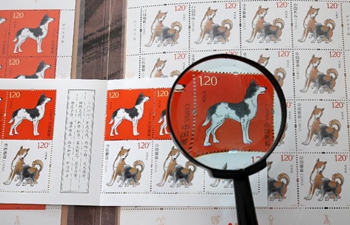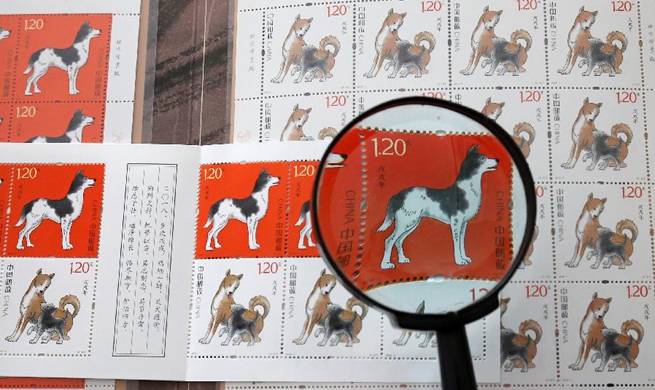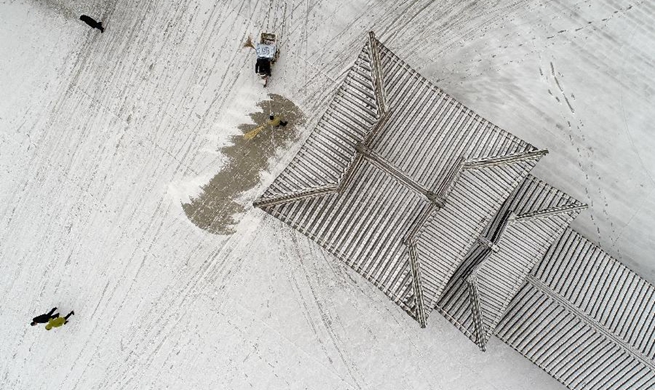CAIRO, Jan. 3 (Xinhua) -- Egypt's foreign currency reserves reached 37.02 billion U.S. dollars in 2017, the Central Bank of Egypt (CBE) said Wednesday.
The figure stood at about 36 billion dollars in January 2011, just before the mass protests broke out and ousted former Egyptian President Hosni Mubarak. Since then it had been on the decline until 2017.
Over the past few years, Egypt has been suffering an economic recession due to political instability and relevant security issues that led to the decline of tourism and foreign investments, two major sources for Egypt's foreign currency reserves.
However, gradual improving security conditions, increasing remittances of Egyptian expatriates, in addition to foreign loans and deposits, gradually refilled the CBE with foreign funds.
Egypt's foreign debts rose about 42 percent to 79 billion dollars in the 2016-17 fiscal year ending in June 2017, compared with 55.8 billion dollars a year earlier.
A day ago, a CBE official said Egypt paid off about 30 billion dollars of financial dues and foreign debts in 2017 and the country commits itself to pay back more than 12 billion dollars in 2018, official MENA news agency reported.
The repayments cover bonds and foreign debts to regional and international banks, deposits and loans from countries like Saudi Arabia, Libya and Turkey, commitments by government bodies to world companies, as well as dues to the Paris Club, he said on condition of anonymity.
In order to deal with dollar shortage, Egypt started in late 2016 a strict three-year economic reform program including austerity measures, energy subsidy cuts and tax increases, in addition to currency floatation, which led to nationwide price hikes.
Egypt's reform program is encouraged by a 12-billion-dollar loan from the International Monetary Fund, half of which has already been delivered to the most populous Arab country.

















